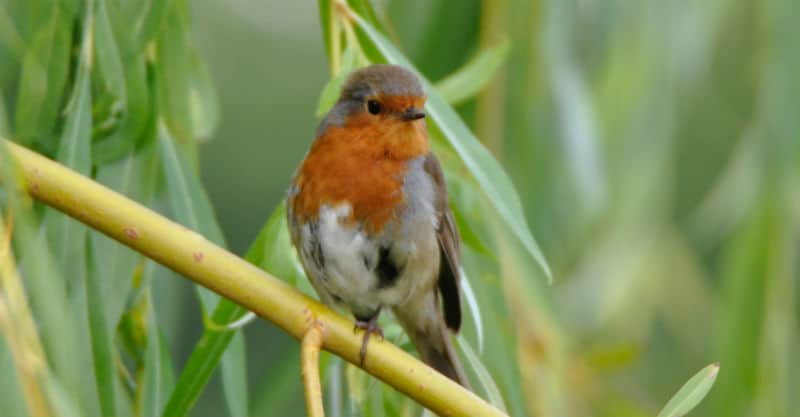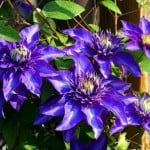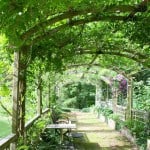Last updated on February 16th, 2022
Our site is reader supported, this means we may earn a small commission from Amazon and other affiliates when you buy through links on our site.
5 amazingly easy to grow climbing plants for encouraging wildlife into your garden
Climbing plants are fascinating for both humans and animals. They cover our walls, patios and fences, providing ample room for wildlife seeking shelters such as bees and birds caught in a sudden downpour, food in the form of berries and the insects they attract and places for birds to nest. They are also able to provide shade and overall décor in our gardens and hide unsightly walls and fences.
Today we look into five climbing plants that provide birds and pollinators like bees and insects with food and shelter. After we are done, we bet your garden will be teeming with life.
Rambling Roses
Rambling roses possess flexible branches and this makes them perfect to conform to trellis and arches. As per rambling rose tradition, they only flower once during early to midsummer. Not to be confused with climbing roses, rambling roses have smaller blooms but nonetheless are beautiful.
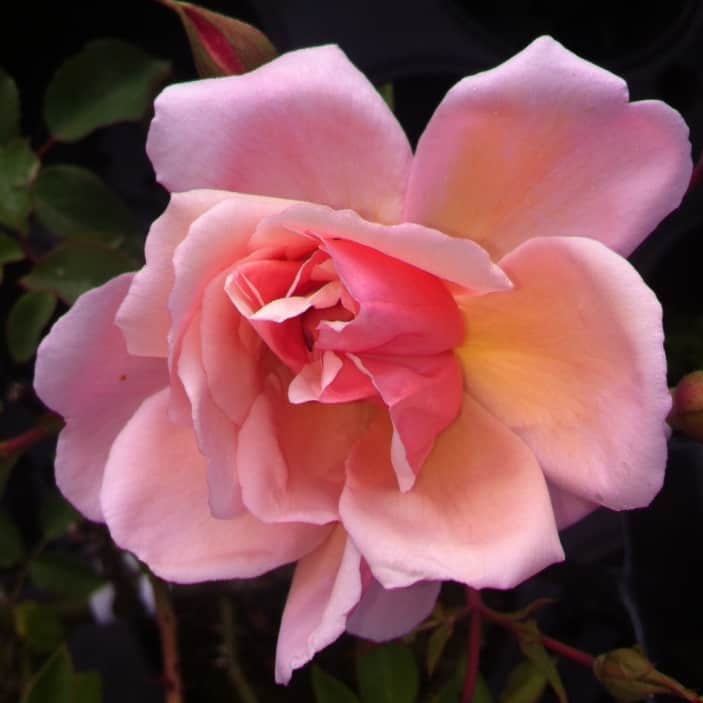
During autumn, rambling roses produce hips that can be commended for their attractiveness. They need pruning once in a while to avoid becoming a tangled mess. Popular rambling rose species include Rosa filipes ‘Kiftsgate’, Rosa ‘The Albrighton Rambler’, and Rosa ‘Wedding Day’ amongst others. Climbing roses are also suitable, usually they flower for longer periods and often twice a season. In fact, all roses are great for wildlife because they also attract insects that the birds can feed on.
Click here to view suitable rambling roses on Amazon.co.uk
Clematis tangutica ‘Bill MacKenzie’
From the Ranunculaceae family comes the Clematis tangutica Bill MacKenzie. These large plants are characterised by ternate/pinnate leaves and small star/bell-shaped flowers.
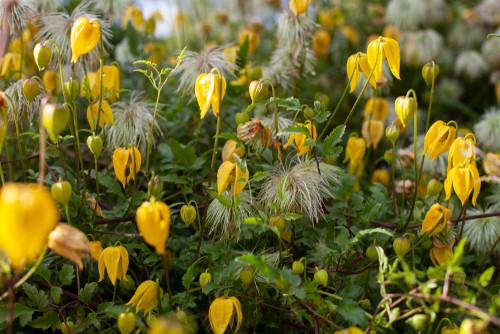
These climbers usually bloom from early to late summer. This deciduous climber has bright yellow leaves and belongs to group 3 pruning. If well maintained, the climbers look glorious in full bloom and provide plenty of colour for local wildlife and much-needed nectar and pollen for bees.
Lonicera periclymenum (Honeysuckle)
The Lonicera periclymenum (Honeysuckle) is a deciduous woody plant that gives out a sweet scent and is not to be confused with the Shrub Lonicera. These twining plants are characterised by oval leaves borne in adjacent pairs. The climbers bloom in summer presenting long white and yellow trumpets and there are many varieties that are different colours.
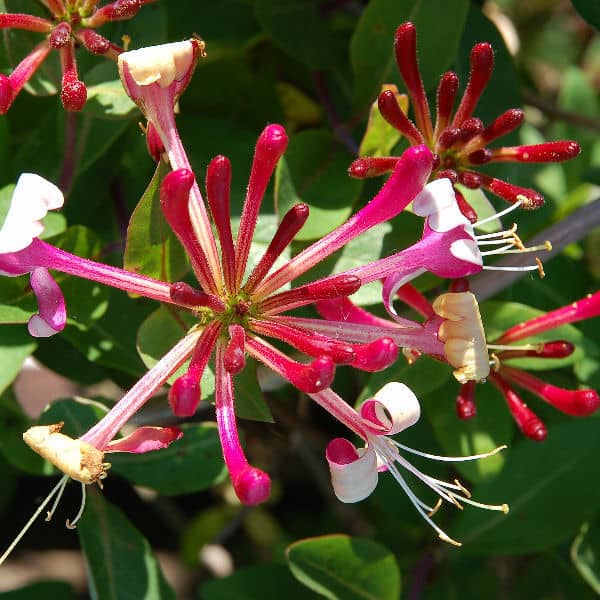
These whorls sometimes have a tinge of red and after the flowers bloom red berries will follow briefly after. These red berries ripen in late summer/autumn and seem to be a favourite with wild birds, they also provide materials for birds to make a nest with as well as places to nest.
Click here to view suitable honeysuckle climbers on Amazon.co.uk
Passion Flower (Passiflora)
Passion Flower (Passiflora) happens to be a woody climber from the Passifloraceae family. They are easy to tend to and bloom between spring and autumn. The climbers can be easily spotted by their showy flowers with a distinct centre. These climbers have over 550 species, therefore, present a variety of colours and sizes. Many, however, tend to have purple/amethyst colours and some even bear fruit. Some of the variations include P. caerulea, P. antioquiensis, P. mollissima, and P. × exoniensis, just to mention a few.
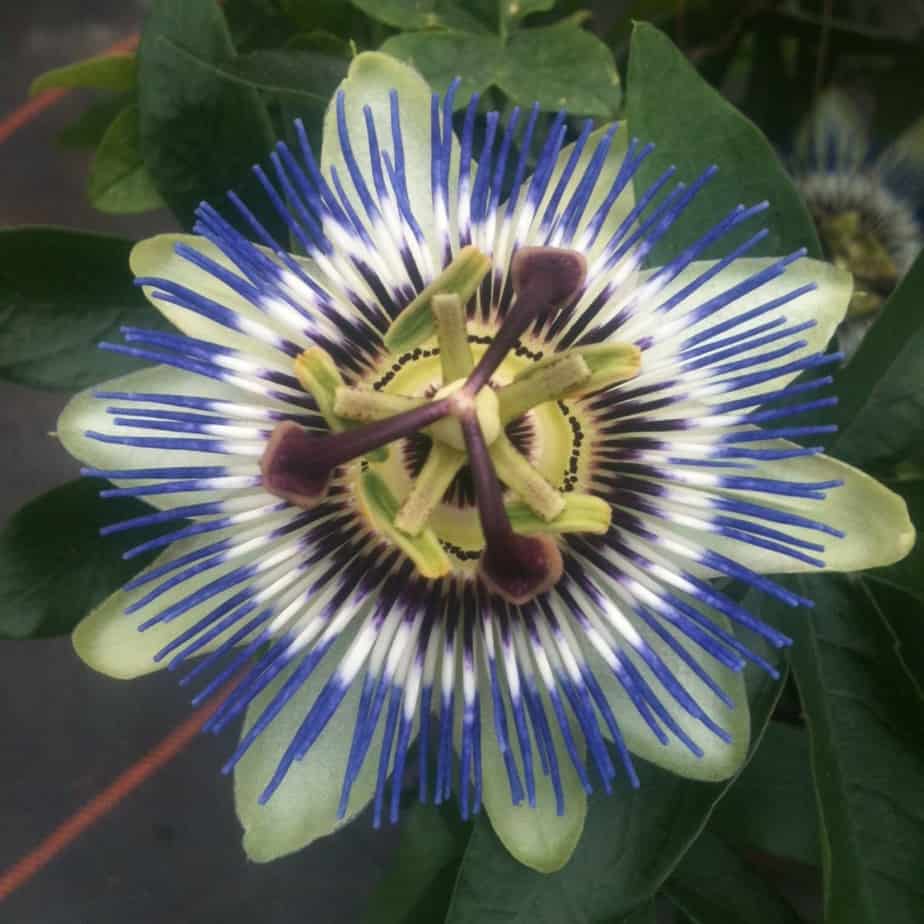
P. caerulea, as shown above, is probably the best choice because it’s very hardy in the UK and is loved by a range of local wildlife. It’s also evergreen, providing all year round shelters and nectar for bees.
Click here to view hardy passionflowers on Amazon.co.uk
Wisteria
Wisteria provides shelter for nesting birds and insects as well as nectar and pollen for bees. They can annoy you or please you depending on how you treat them. The trick with wisteria is getting the right species and pruning them correctly to ensure successful flowering, which can sometimes be an issue for some gardeners, however, it is definitely worth taking the extra time because they look simply amazing when they flower. These deciduous climbers come in a variety of colours and tend to have a pleasant smell which is an added bonus.

The twining plants grow quickly, producing cascading flowers that are hard to miss. Wisteria can get invasive spreading to every nook and cranny. Pruning around August and again in February is essential to keep the growth in check. Famous species include Wisteria brachybotrys ‘Shiro-Kapitan’, W. brachybotrys ‘Showa-Beni’, W. ‘Caroline’, Wisteria ‘Burford, and Wisteria floribunda ‘Alba’ but our favourite is Wisteria Amethyst Falls because it doesn’t grow as tall and can be planted in pots.
Click here to view suitable Wisteria on Amazon.co.uk
It is easy to deal with plants that you understand. In any case of confusion, talk to your local gardener to get in-depth tips. The birds, bees and other animals in your garden deserve nothing but the best. The scenery will be the cherry on top.
Main Photo by Jon Robinson on Unsplash

